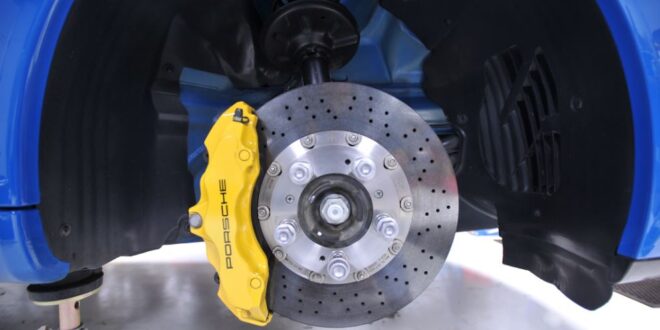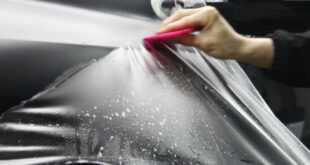Disk brakes can wear down pretty easily, so they require changing as they are one of the most important parts of your vehicle. If you have disk brakes on your vehicle, fear not as this task is pretty easy to do and can even be done straight from the comfort of your garage.
However, a task such as this will require a couple of tools, which we will get into right now.
Required Tools to Change Disk Brakes
- Jack
- Jack Stand
- Tire Iron
- Wrench
- C-clamp
- Replacement Brake Pads
- Breaker Bar
Now that we’ve covered all the necessary tools needed for such a task, it’s time to get into the process of changing disk brakes.
Remove The Wheel
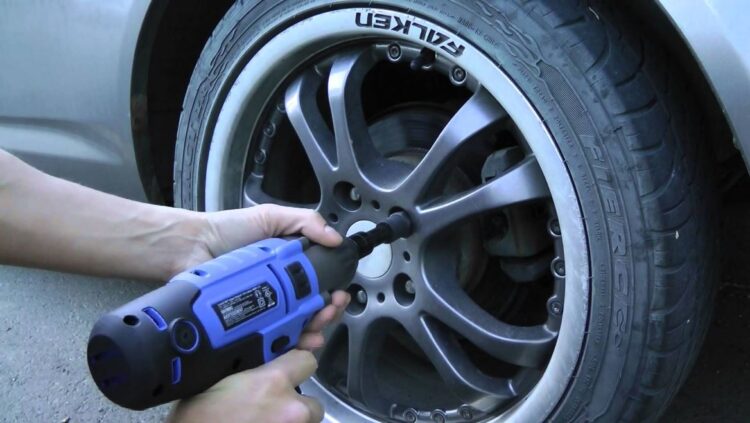
The first thing you need to do is to make sure that the car is parked on a flat level surface and you have the parking brake set. Use the tire iron to loosen the lug nuts on the wheel (performing this is much safer while the car is not elevated). Next up is to use the jack stand and elevate your car.
Once the lug nuts are properly loosened, go ahead and remove them. As soon as you do that, remove the wheel itself.
If you’re using a hydraulic floor jack, then you must use a jack stand as the floor jack might sink over time. To know more about this, you can go ahead and click here.
Remove The Caliper and Caliper Carrier
To access the disk brakes we will need to open the caliper and to do that we will need to remove one of two bolts that hold this part in place. We recommend you remove the lower bolt and safely rotate the caliper away from the rotor. To remove the second bolt, you might need to use your wrench, c-clamp, or screwdriver.
Now that the caliper is all opened up, feel free to slide it out. Once the caliper is removed, use a breaker bar with a mallet to remove the bolts that keep the caliper carrier on.
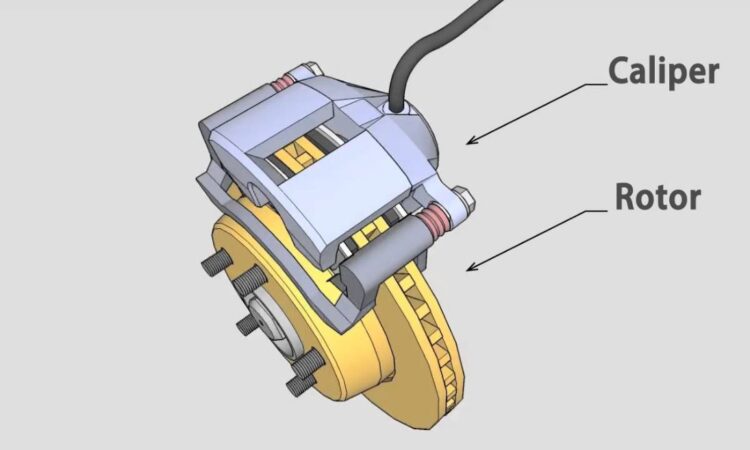
Installing the Rotor
Before you install the new rotor, you will need to take off the rust on the hub to prevent future corrosion. Use a lug nut and a wrench to have the rotor sit tight when installing it. This will make sure that it is properly secured.
Assemble the Carrier
Replace the old carrier bolts with new ones and have them tightened down by using a breaker bar.
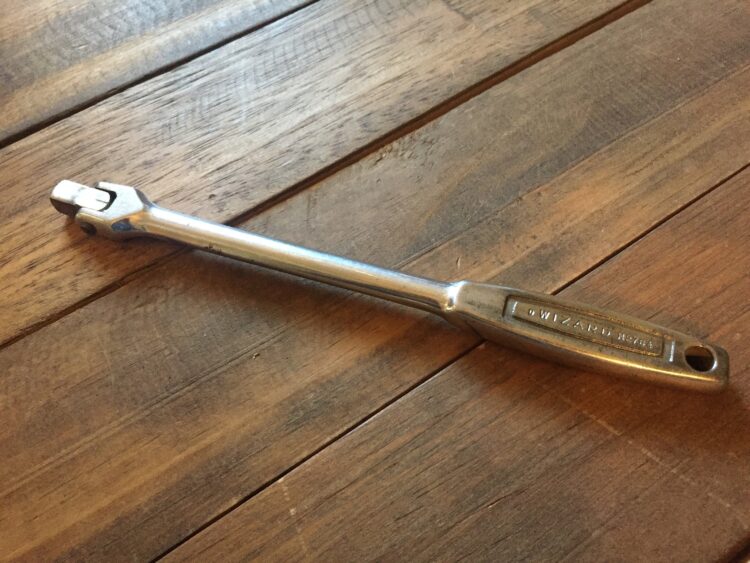
Compress the Caliper
Use one of the old brake pads and a c-clamp to compress the caliper until the piston is in line with the housing of the caliper. Before you do this, make sure to have the cap off the brake reservoir as it will prevent any unnecessary risk in the form of blowing a line.
Install the Pads and Caliper
Now it’s time to install the pads in the carrier; just make sure you use a bit of anti-squeal grease on the outside to make sure everything goes smoothly. Then install the caliper bolts and make sure that the caliper moves without binding. Double-check that everything is good and put the wheel back on the same way you removed it.
 Hi Boox Popular Magazine 2024
Hi Boox Popular Magazine 2024
